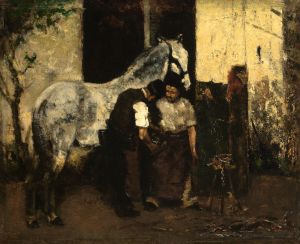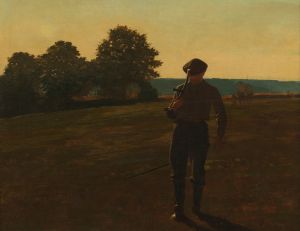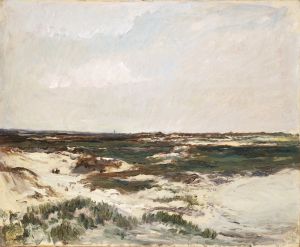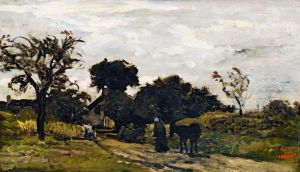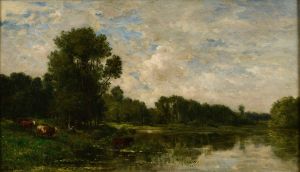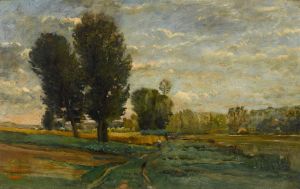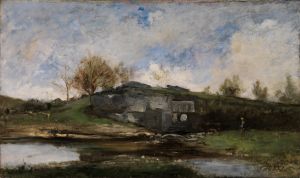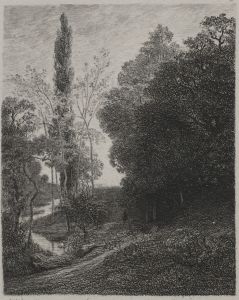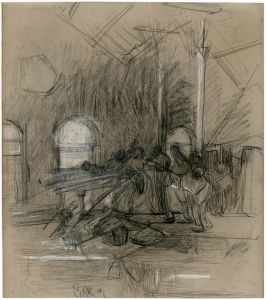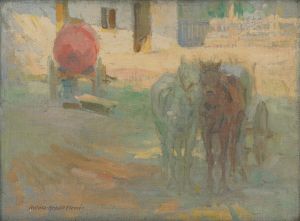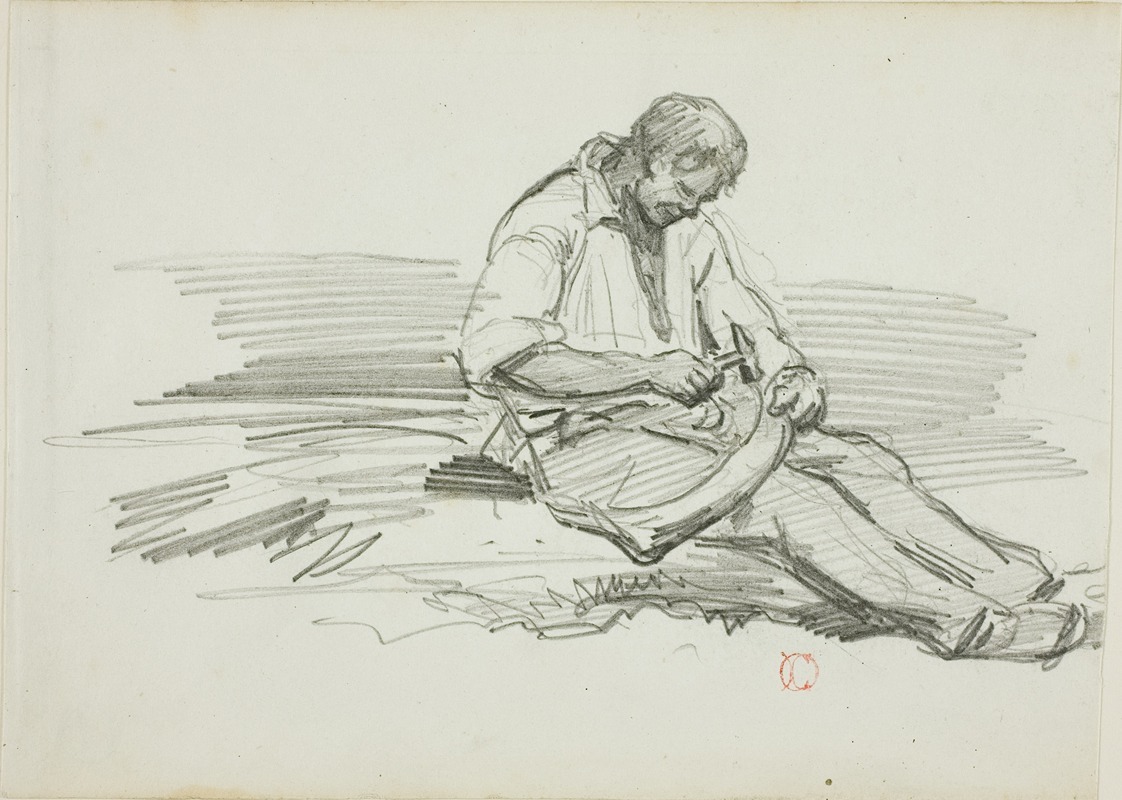
Man Mending Scythe
A hand-painted replica of Charles François Daubigny’s masterpiece Man Mending Scythe, meticulously crafted by professional artists to capture the true essence of the original. Each piece is created with museum-quality canvas and rare mineral pigments, carefully painted by experienced artists with delicate brushstrokes and rich, layered colors to perfectly recreate the texture of the original artwork. Unlike machine-printed reproductions, this hand-painted version brings the painting to life, infused with the artist’s emotions and skill in every stroke. Whether for personal collection or home decoration, it instantly elevates the artistic atmosphere of any space.
"Man Mending Scythe" is a painting by the French artist Charles François Daubigny, who was a prominent member of the Barbizon School. The Barbizon School was a group of painters in mid-19th-century France who were part of an art movement towards Realism in art, which arose in the context of the dominant Romantic Movement of the time. Daubigny, born in Paris on February 15, 1817, and died on February 19, 1878, is known for his landscape paintings and his influence on the Impressionist movement.
The painting "Man Mending Scythe" depicts a rural scene, characteristic of Daubigny's work, which often focused on the French countryside and the daily lives of its inhabitants. In this particular piece, a man is shown engaged in the simple, yet essential task of repairing his scythe, a tool used for mowing grass or reaping crops. The scene is set in a natural environment, likely a field or a farm, with the man seated on the ground, concentrating on his work.
Daubigny's technique in this painting reflects his dedication to capturing the natural light and atmosphere of the scene. He often painted en plein air, or outdoors, which allowed him to observe and render the effects of light and weather directly onto his canvas. This approach was innovative at the time and influenced many younger artists, including the Impressionists.
The composition of "Man Mending Scythe" is simple yet effective, focusing on the solitary figure of the man and his immediate surroundings. The use of earthy tones and the careful attention to detail in the man's clothing and the texture of the ground contribute to the realism of the scene. Daubigny's brushwork is both precise and expressive, capturing the quiet, contemplative moment of the man absorbed in his task.
This painting is an example of Daubigny's ability to find beauty and significance in everyday rural life. His work often conveyed a sense of peace and harmony with nature, which was a central theme in the Barbizon School's philosophy. By depicting ordinary people and their interactions with the natural world, Daubigny and his contemporaries sought to elevate the status of landscape painting and challenge the academic conventions of their time.
"Man Mending Scythe" is housed in the collection of the National Gallery of Art in Washington, D.C. The painting is appreciated not only for its artistic qualities but also for its historical significance as part of the broader movement towards realism in 19th-century art. Daubigny's work continues to be studied and admired for its contribution to the development of modern landscape painting and its influence on subsequent generations of artists.





